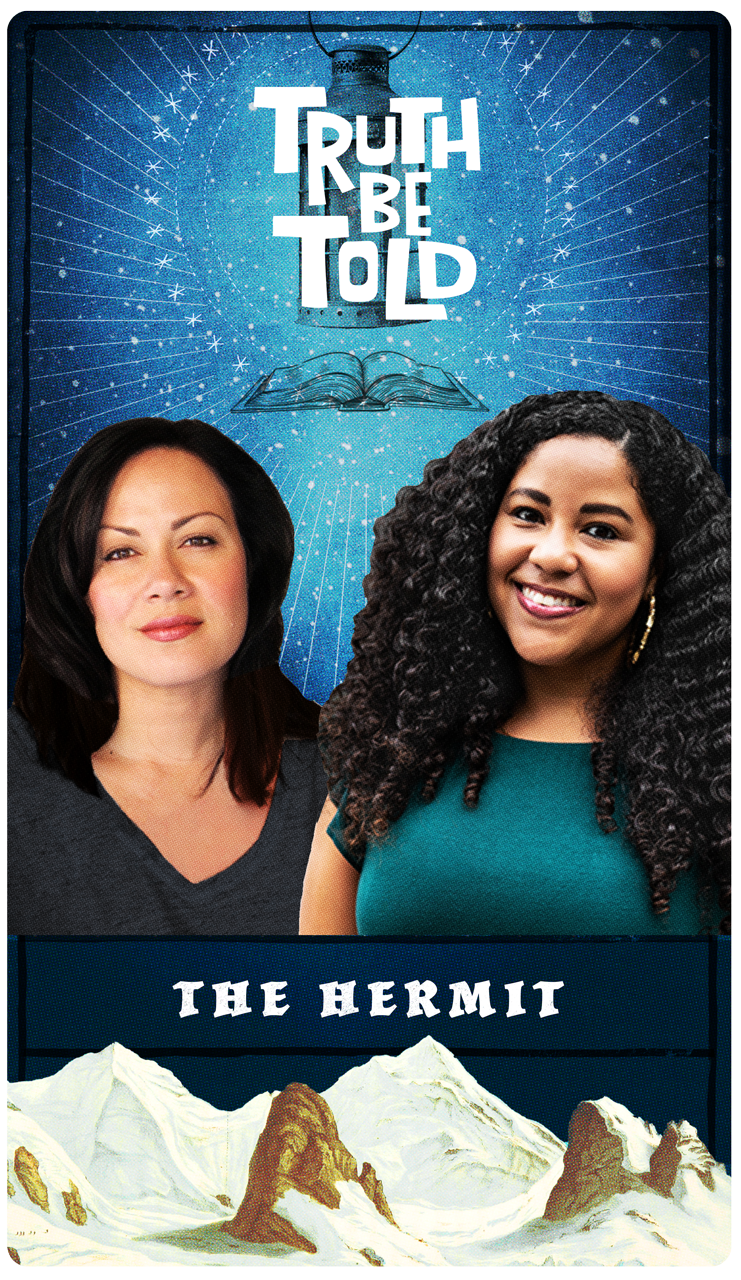But for Davis, Frida is a shared icon for all Latinx people, and so she made sure to do as much research when writing the book, including traveling to Mexico City where Frida was born and raised.
“I'm Black and Puerto Rican and growing up as a Latina, I think Frida is one of those icons, one of those faces that you just know of. She overcame so many obstacles while being proudly feminist, being proudly Mexican, being proudly queer. And this was all in the 1920s and '30s. So for me, seeing the Frida movie and learning more about her story really sparked this fascination that kind of eventually became an obsession.”
The biggest lesson Davis has walked away with is one of Frida’s famous phrases, “Viva la Vida,” which means live your life or long live life. Davis feels Frida knew the end was near after Frida’s leg was amputated. Then Frida painted watermelons with a message — Viva la Vida. Davis gets goosebumps every time she remembers this phrase.
"The fact that she had every obstacle you could possibly think of in the end, she still had this positive outlook of you need to live your life and live it to the fullest,” says Davis.
Another iconic figure that worked through his own pain to build a legacy and impart life lessons that still resonate today is Bruce Lee. His daughter Shannon Lee joined host Tonya Mosley to talk about her new book “Be Water My Friend: The Teachings of Bruce Lee.” Before Bruce Lee, modern society did not combine philosophy and art with sport. That is part of what makes Bruce Lee iconic — and like Frida Kahlo — a timeless figure that we are continually learning from decades after their deaths.
Shannon was only 4 years old when her father died, and now she is the “keeper of the flame” running the family business and keeping his legacy alive. She’s heard many stories about her father through the lens of others and family members.
“Everybody has sort of this picture of him, and look, we all romanticize who we think our parents are when we're young,” says Shannon. “It's not to say that I haven't done that at points in my life. But because of the purity of my sense of him, I'm able to look at him and go, ‘Oh, yeah, I see. That's where he was, being a real human being.’ ”
In order for Shannon to write this book, she had to work through the loss of her father, the loss of her brother, and her own feelings of fear and paralysis around being Bruce Lee’s daughter.
“I'm a seeker similar to him, so he and I meet in that way,” says Shannon. “It took me time to get to a place where I'd been looking after his legacy for long enough that I was starting to feel confident that I was maturing as a human being, learning from my mistakes, gaining more confidence that I was sitting for longer and longer periods of time, breaking down his philosophies, applying them to him, to myself, that it finally the time was just right.”
Bruce Lee: “Empty your mind, be formless, shapeless. Like water. Now you put water into a cup, it becomes the cup. You put water into a bottle, it becomes the bottle. You put in a teapot, it becomes the teapot. Water can flow or it can crash. Be water, my friend.”
Similar to Frida Kahlo’s famous phrase, Bruce Lee is known for “Be Water My Friend,” a concept behind the notion of being like water. Shannon calls this the “water way.” “Water is essential, to life, to growth. It's essential in and of itself, she says. “And so for me, that speaks to the idea of returning to my own essential nature, discovering what that is and trying as best as possible to live.”
Bruce Lee severely injured his back in early 1970 and was told that he may never walk normally again, let alone do martial arts. He lived the rest of his life with back pain that he had to care for in order to live the life he wanted, in order to accomplish the things he wanted to accomplish, and be the heroic character we watched in his films. The lesson, says Shannon, is that “if we can make friends with discomfort, if we can lean into a little bit of discomfort, then we can accomplish more than we thought we could.”
For Shannon, she wrote this book because she wants people to know the depth of her father's teachings. “But more importantly,” she says, “I have been so healed and inspired and motivated by these philosophical teachings; and that I know that they can be useful and helpful, and help to soothe people's souls and also give them some tools that they can craft practices for themselves. I'm not here to tell anyone, this is how you do it. Full stop. I'm just here to say here are some things that have worked for Bruce Lee. Here some things that have worked for me. And I hope you discover what works for you.”
Episode transcript here.
Episode Guests:
Recommended Reading:
